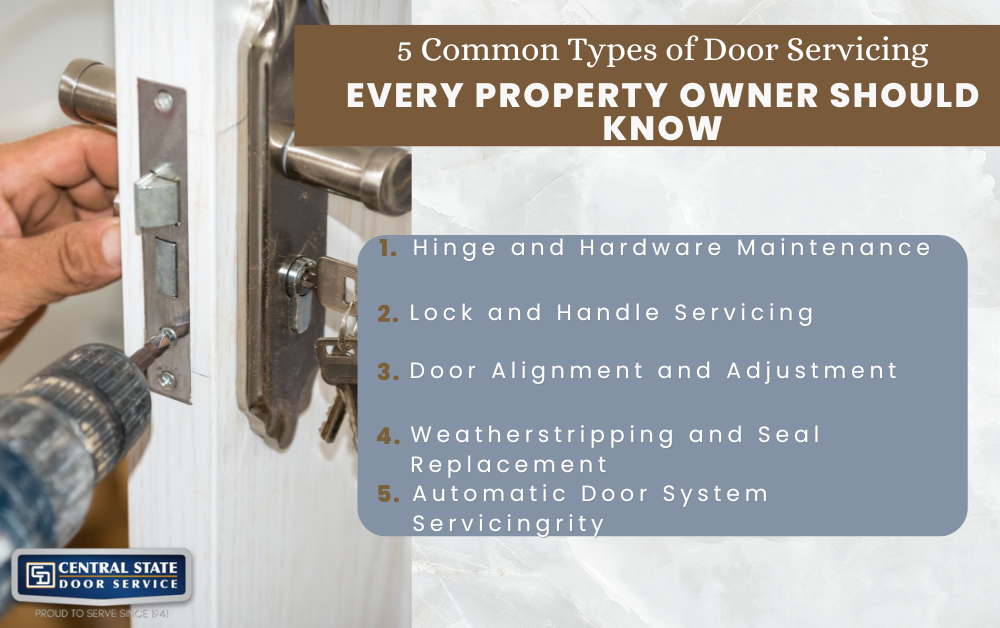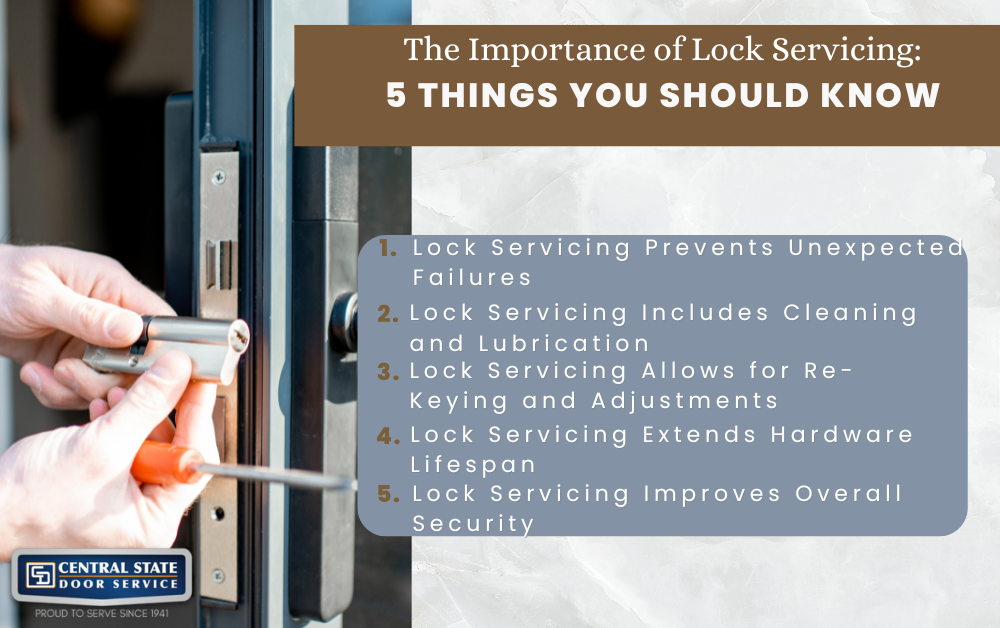Storm door installation is an excellent way to enhance your home’s protection, improve energy efficiency, and increase ventilation options. Whether you’re adding a new layer of defense against harsh weather or simply want to freshen up your entryway, understanding the essential steps will help ensure success. From taking accurate measurements to choosing the right type and maintaining the door over time, every detail matters. At CS Doors, we understand the importance of getting these details right for long-lasting results. Here’s a comprehensive guide to help you navigate the process of storm door installation with confidence.
Proper Measurements Are Essential
Before selecting a storm door, it’s essential to understand why getting your measurements right is so critical. Accurate sizing lays the groundwork for a smooth installation and long-term satisfaction.
The Importance of Accurate Measurements
Taking precise measurements of your existing door frame is the first and most crucial step in installing a storm door. Even slight inaccuracies can result in a door that doesn’t fit properly, leading to gaps and drafts that reduce energy efficiency. Carefully assessing the vertical, horizontal, and depth measurements of the doorway, you lay the foundation for a smooth installation and optimal performance. Incorrect measurements can also cause delays and additional expenses if you have to reorder or modify the door. Accuracy at this stage saves time and hassle later on, ensuring the door fits snugly and functions as intended.
How to Measure Correctly
To ensure your measurements are accurate, it’s best to check multiple points of the door frame. This approach helps account for any irregularities that could affect the fit of your new door. Recording exact dimensions of the door opening, including height, width, and depth, then taking the smallest measurement to avoid ordering a door that’s too large. Likewise, measure the height on the left, center, and right sides of the frame. Double-checking these dimensions ensures you get a door that fits well without forcing or gaps, which are difficult to fix after installation.
Preventing Future Issues
Getting the measurements right from the start prevents common problems down the line, such as misalignment or poor sealing, which can compromise your home’s comfort and protection. A door that fits well improves insulation, reduces drafts, and blocks unwanted pests and moisture. This careful preparation helps protect your home’s interior from the elements and enhances energy efficiency. Additionally, a properly sized door will operate smoothly, reducing wear on hinges and locks. Taking time to measure correctly ultimately saves money and frustration over the door’s lifetime.
Choosing the Right Type
Once you have your measurements, the next step is selecting the storm door style that best fits your needs and aesthetic preferences. Each type offers unique advantages.
Full-View Storm Doors
Full-view storm doors feature large glass panels that maximize visibility and natural light. These doors are ideal if you want an unobstructed view of your outdoors and a sleek, modern look. Many full-view doors include removable or retractable screens, allowing you to enjoy fresh air when desired without removing the entire door. They create an inviting entrance while maintaining protection against weather and insects. This style is especially popular for homes seeking both functionality and curb appeal.
Ventilating Storm Doors
Ventilating storm doors combine glass and screened sections, offering the flexibility to enjoy fresh air while keeping insects out. This design typically features a glass panel on the upper half and a screen on the lower half, though configurations may vary. They provide excellent airflow in warm weather without sacrificing security or weather protection. This style works well for homeowners who want to adjust ventilation seasonally. The combination of solid glass and screens makes these doors highly versatile and practical.
Retractable Screen Storm Doors
For those who prefer convenience and a clean look, retractable screen storm doors provide a screen that rolls away when not in use. This ingenious method permits you to switch between full glass protection and open-air ventilation with ease. Retractable screens are hidden inside the door frame when retracted, offering a sleek, unobtrusive appearance. These doors are great for modern homes and homeowners who value both aesthetics and functionality. Installation is similar to other storm doors, but maintenance involves occasional cleaning of the screen mechanism.
Tools and Materials Needed
Before you start the installation, it’s important to gather all necessary tools and materials.
Essential Tools for Installation
Certain tools are essential for a proper installation, including a drill for making pilot holes and driving screws, a screwdriver for tightening and adjusting hardware, a level to ensure the door hangs straight, and a tape measure to verify dimensions during installation. Having these tools ready before starting avoids interruptions and streamlines the process. Additionally, a utility knife may be useful for trimming weatherstripping or packaging materials. If you’re installing on a surface that requires anchors, a hammer and anchors might be necessary as well. Being equipped with the proper tools is essential to a smooth and successful project.
What Comes with Your Door
Most storm doors come with the necessary mounting hardware, such as hinges, screws, handles, and sometimes weatherstripping. It’s important to carefully review the included parts before beginning installation to confirm nothing is missing. Having extra supplies like sealant, additional screws, and replacement weatherstripping on hand can be helpful in case of unforeseen needs or adjustments. Reading the manufacturer’s instructions thoroughly also helps avoid mistakes. Being prepared means you can complete the installation without needing additional trips to the hardware store.
Preparing Your Workspace
Setting up a clean, organized workspace before beginning helps avoid mistakes and keeps your installation process safe and efficient. Clear the area around your door frame of furniture, decorations, and debris that could get in your way. Protect your floors with a drop cloth to catch dust or scratches. Organize your tools and hardware within easy reach to minimize downtime searching for items. Good preparation leads to a smoother experience and better results.
Weatherproofing Matters
Proper weatherproofing ensures your storm door performs well through all seasons and protects your home from the elements.
Sealing Gaps to Prevent Drafts
One of the most important steps in installation is sealing any gaps between the door and frame. Without proper sealing, air leaks can increase energy bills and let in moisture, which may cause damage. Applying weatherstripping and caulk creates an effective barrier against drafts, insects, and water. Make sure to check corners and edges thoroughly, as these are common areas for leaks. Proper sealing extends the life of both the storm door and your main entry door by reducing wear caused by weather.
Ensuring Proper Door Alignment
A correctly aligned door not only looks better but functions properly, ensuring tight closure and minimizing wear over time. Use a level to check that the door is hung squarely in the frame. If the door is misaligned, it may not latch securely or could drag against the threshold, causing damage. Adjust hinges and strike plates as necessary for a perfect fit. Proper alignment also helps maintain an effective weather seal, enhancing energy efficiency.
Protecting Both Doors
A well-weatherproofed storm door adds a layer of protection to your primary door, helping to extend its lifespan by shielding it from harsh weather. The storm door absorbs rain, snow, wind, and sun exposure, which can otherwise deteriorate the finish and structural integrity of your main door. This protection means fewer repairs and repainting over time. Additionally, it provides an extra barrier for security and privacy. Overall, weatherproofing contributes to the durability and value of your home’s entryway.
Maintenance and Adjustments
After installation, regular maintenance will keep your storm door operating smoothly and looking great for years to come.
Periodic Hinge and Lock Adjustments
Weather and frequent use can affect the alignment of hinges and locks over time, causing the door to sag or not close properly. It’s important to periodically check these components and tighten screws or adjust hardware as needed. Small adjustments can prevent larger issues, such as damage to the door frame or compromised security. Routine upkeep also helps to stretch the lifespan of the door’s moving parts. Staying on top of these tasks ensures smooth operation year-round.
Cleaning for Longevity
Routine cleaning of your storm door’s glass and frame prevents dirt buildup that can affect appearance and function. Employ a gentle mixture of soap and water for cleaning, and refrain from using harsh chemical products that could damage finishes. Keeping the glass clear not only improves curb appeal but also permits sunlight to brighten the space in your home. Cleaning also provides a chance to inspect for any damage or wear that may need repair. A clean door is a well-maintained door that will serve you better.
Replacing Weatherstripping
Weatherstripping wears out over time due to exposure to the sun, rain, and frequent opening and closing. Inspect the weatherstripping regularly for cracks, gaps, or compression that reduce its effectiveness. Replacing worn weatherstripping helps maintain a tight seal against drafts and moisture. New strips are easy to install and relatively inexpensive compared to energy savings and damage prevention. Keeping weatherstripping in good condition is a simple way to protect your home and improve comfort.
Conclusion
Storm door installation is a practical upgrade that offers protection, ventilation, and energy savings. By carefully measuring your door frame, selecting the right style, preparing properly, and maintaining your door, you can enjoy the benefits for years to come. Whether you choose a full-view, ventilating, or retractable screen door, each option can enhance your home’s functionality and curb appeal. Don’t overlook the importance of weatherproofing and regular adjustments to keep your storm door working perfectly. If you want to ensure your installation is flawless, trust the experts at CS Doors for professional guidance and quality workmanship. Ready to improve your home’s entryway? Contact CS Doors today to schedule your storm door installation!






